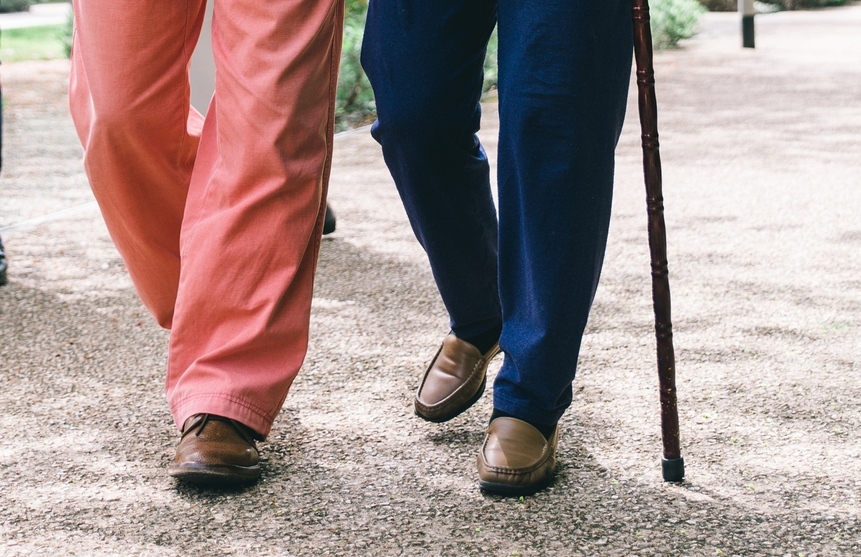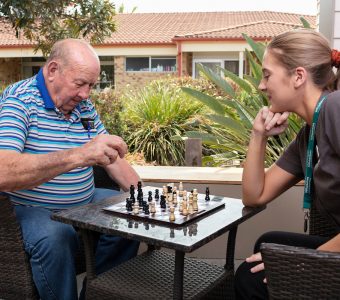
Falls prevention steps you can take at home
As we age, unfortunately, the chance of falling increases. For many older people and their families, worrying about falls can be very stressful and unsettling.
Not only can falls bring physical injury and the need for rehabilitation, they can result in loss of confidence for older people, holding them back from doing the things they love.
The good news is there are a number of proactive falls prevention steps that can be taken to reduce the risk of falls, including things you can do at home, so that you and your loved ones can get on with doing the things that matter most.
This Is Our Home Safety Checklist Of Falls Prevention Strategies:
Say goodbye to trip hazards
Eliminate trip hazards around the home such as uneven surfaces, rugs that are loose, curled at the edges or frayed, cords running along the floor, poor lighting, clutter and slippery floors.
Keep it in reach
Encourage your older relatives or friends to keep things within reach – small changes such as using a cordless phone placed by their side and placing commonly used items within reach can make a difference.
Stay healthy and active with fall prevention exercises
Provide support and encourage your loved one to keep moving and engage in exercise to improve muscle strength and balance. Remember that good hydration and nutrition are also important.
Make sure clothing and shoes fit
Ensuring that your family member or friend has shoes and clothing that fits well is a foundation to reducing the risk of falls.
Shoes should be non-slip, fit firmly and be the correct size, and not cause any pain. Clothing should be comfortable, the right length and fit well.
Check it out
Visit your GP regularly and discuss any illnesses or health concerns such as pain, dizziness, poor balance, vision problems or discomfort in walking. Chat about what treatment and support is available.
Don’t be shy when it comes to mobility aids
Mobility aids such as a walker, walking stick and handrails can help reduce the risk of falls around the home. Talk to a GP or Physiotherapist about what’s available and right for you.
Medication – get it right
Make sure your family member has the correct dosage of medication and ensure that their medication list is regularly reviewed by their GP.
Be aware of the effects of certain medications, such as strong pain relief or sedatives, as these can increase the risk of falls. Make sure that these effects are ways to minimise the risk of falls is discussed with their GP.




